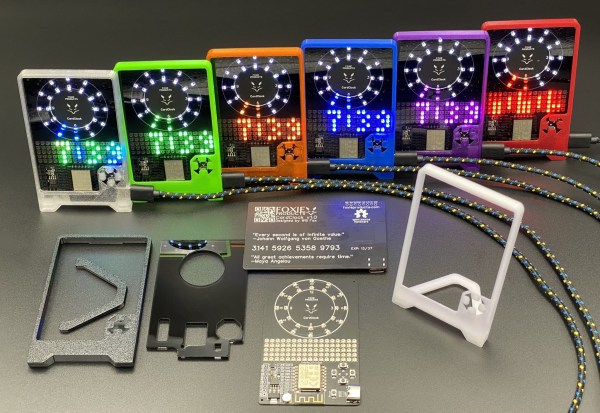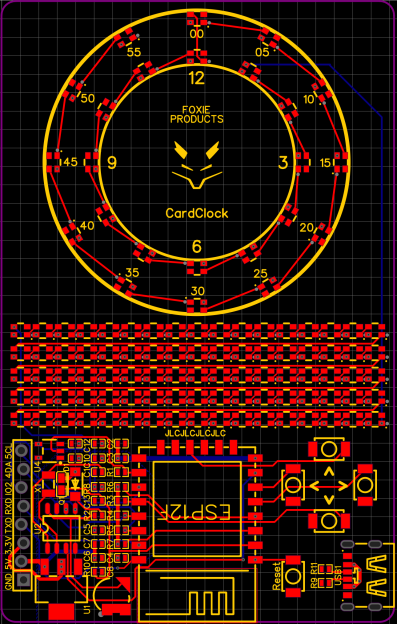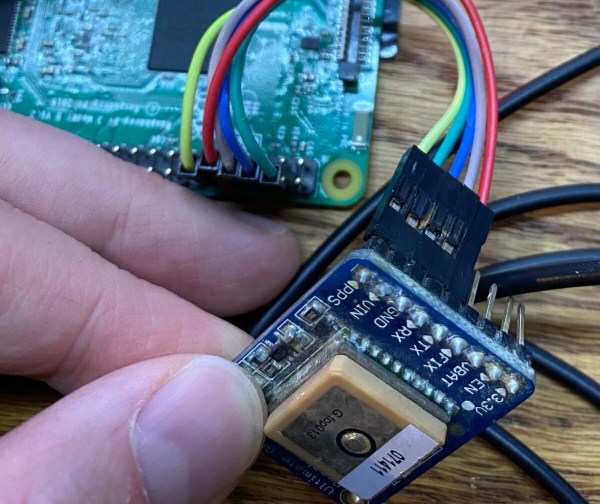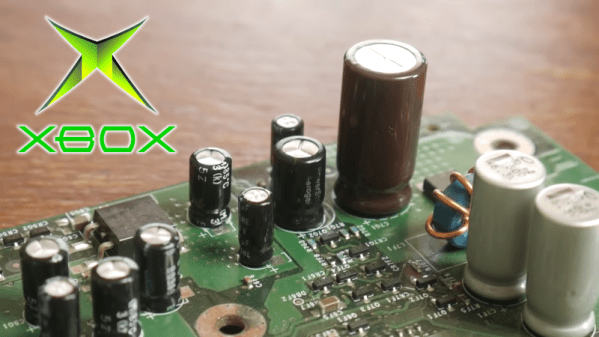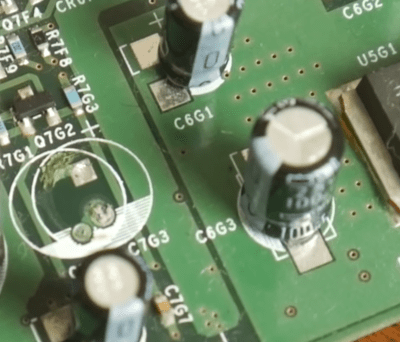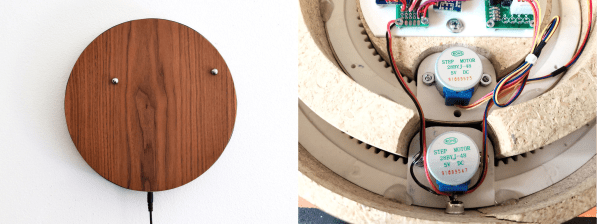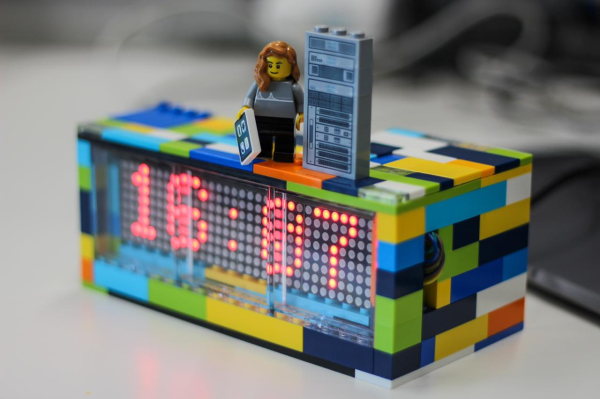When it comes to educational electronic projects, it’s hard to go past building a clock. You learn tons about everything from circuit concepts and assembly skills to insights about the very nature of time itself. And you get a clock at the end of it! [hamblin.joe] wanted to do a simple project for kids along these lines, so whipped up a neat design using analog meters to display the time.
The build relies on that old stalwart, the Arduino Uno, to run the show. It’s hooked up to a DS3231 real-time clock module so it can keep accurate time for long periods, as is befitting a clock. Displaying the time is done via the use of two analog meters, each fitted with a custom backing card. One displays hours, the other, minutes. The analog meters are simply driven by the PWM outputs of the Arduino.
It’s not a hugely complex project, but it teaches so much. It provides an opportunity to educate the builders about real-time clocks, microcontroller programming, and even the concepts behind pulse width modulation. To say nothing of the physical skills, like learning to solder or how to assemble the laser-cut enclosure. Ultimately, it looks like a really great way for [hamblin.joe] and his students to dive into the world of modern electronics.


